Being prepared doesn’t have to break the bank. I’ve learned over the years that some of the most valuable items in a crisis are also the most affordable. These budget-friendly preps can make a world of difference when things go sideways. I’ve put together a list of 30 cheap items that every prepper should stock up on. Trust me, you’ll be amazed at how versatile and useful these everyday items can be in an emergency situation.
1. Duct Tape
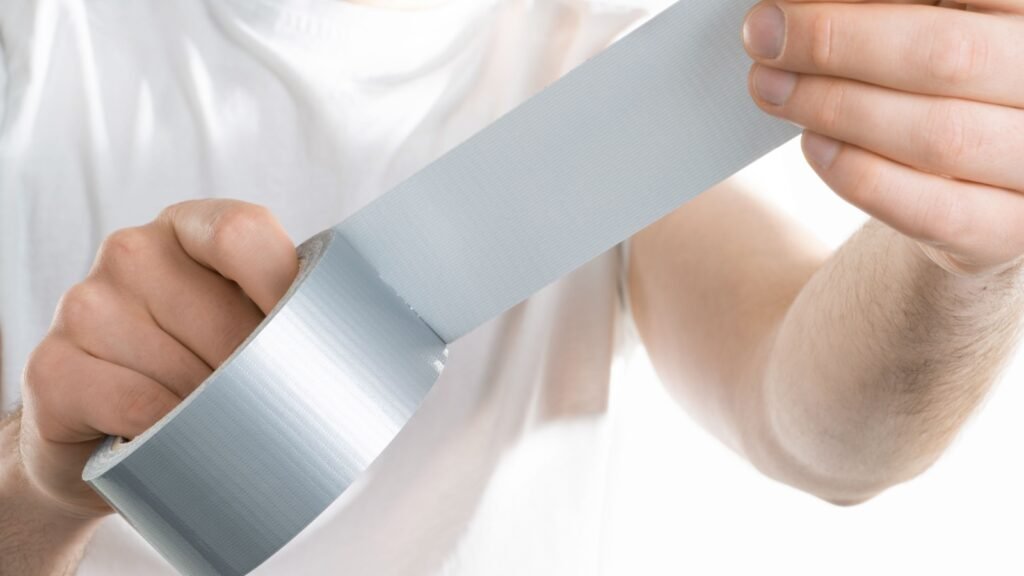
Duct tape is the ultimate multi-purpose tool. I’ve used it to patch holes, make emergency repairs, and even create makeshift containers. A good quality roll can hold up to 60 pounds and withstand temperatures from 20 to 200 degrees Fahrenheit. I always keep at least three rolls in my prep supplies. In a pinch, duct tape can also be used to create cordage, seal food containers, or even fashion improvised shoes.
2. Bleach
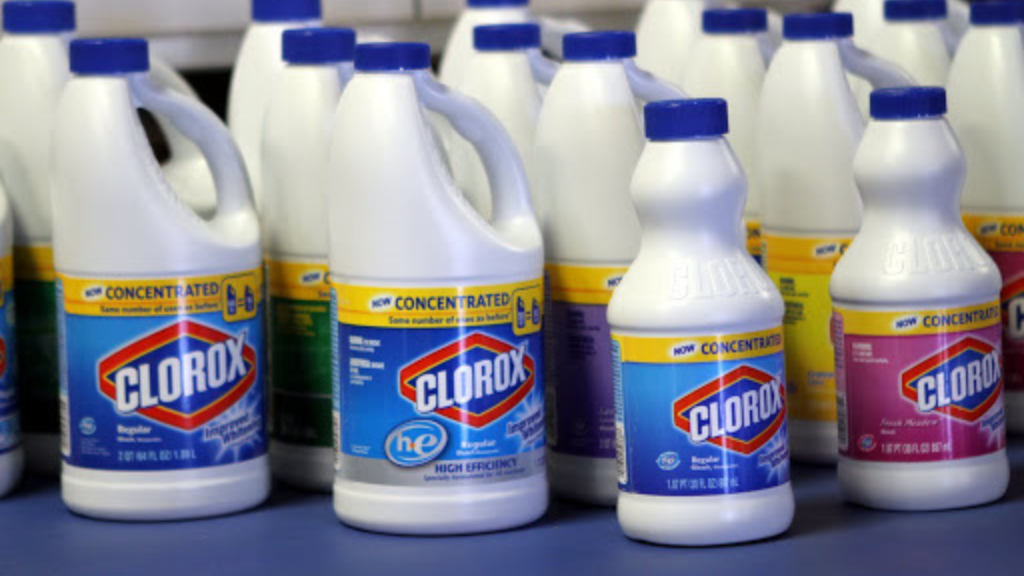
Bleach is a powerhouse for water purification and disinfection. Just 8 drops per gallon can make water safe to drink in an emergency. It’s also great for cleaning and sanitizing surfaces. Remember to rotate your stock every 6 months to ensure effectiveness. In addition to water treatment, bleach can be used to sterilize medical equipment or create an effective fungicide for plants.
3. Baking Soda
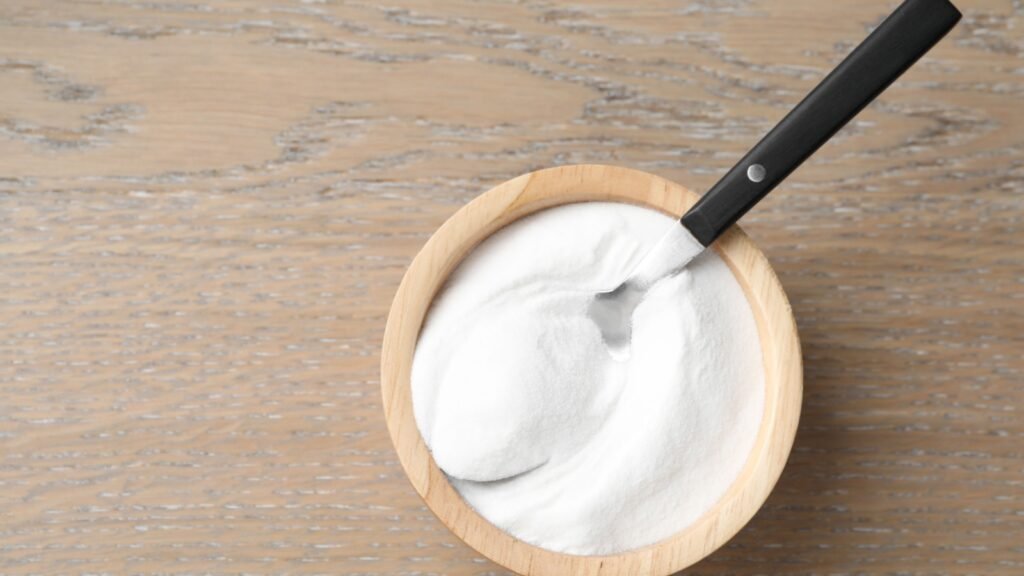
This versatile powder is a must-have. It’s a natural deodorizer, can be used for cleaning, and even works as a fire extinguisher for small grease fires. In a pinch, it can also be used as toothpaste or antacid. A 1-pound box usually costs less than a dollar and lasts for years. Baking soda can also be used to soothe insect bites, neutralize battery acid corrosion, and even preserve fresh flowers.
4. Zip Ties
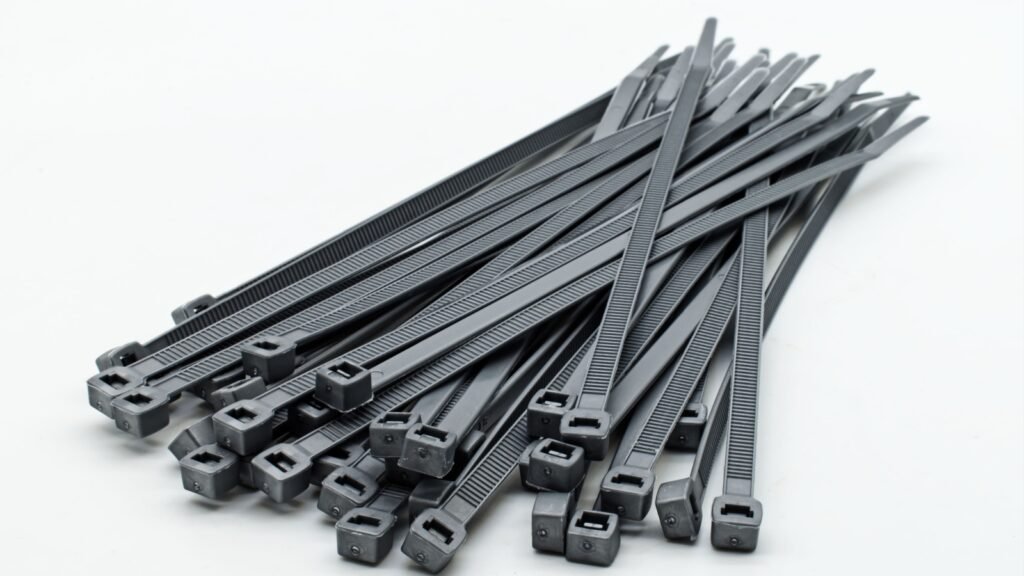
I always have a bunch of zip ties on hand. They’re great for securing items, making quick repairs, or even fashioning improvised tools. The strongest zip ties can hold up to 250 pounds. I keep various sizes, from 4 inches to 36 inches long. In survival situations, zip ties can be used to create snares, secure tarps for shelter, or even as makeshift handcuffs for self-defense.
5. Tarps
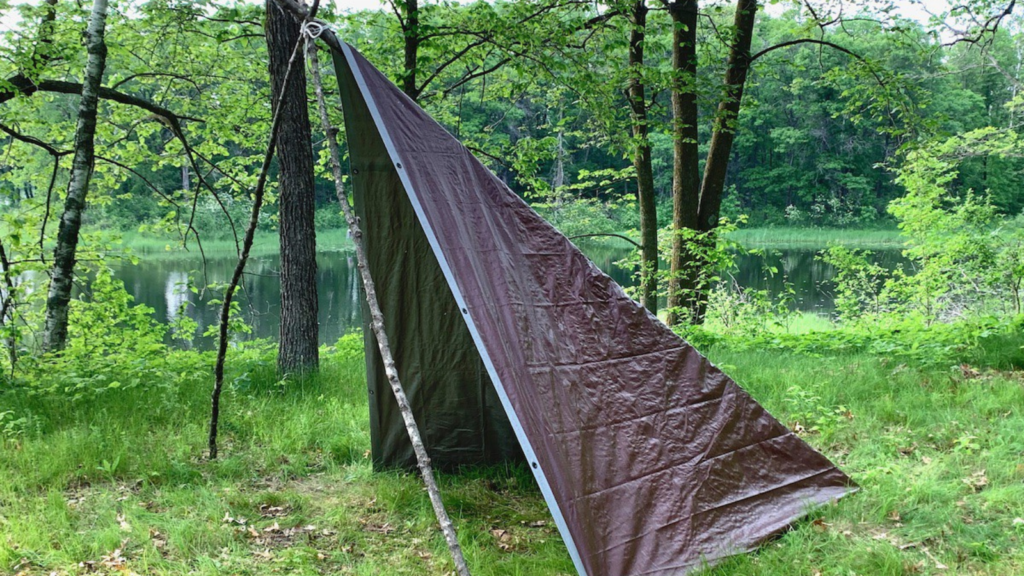
Tarps are incredibly versatile. I’ve used them for shelter, as ground covers, and to collect rainwater. A good quality 8×10 foot tarp can cost less than $10 and weighs only a couple of pounds. I recommend having at least three in your preps. Tarps can also be used to create solar stills for water purification, as improvised stretchers, or to signal for help when brightly colored.
6. Matches

Waterproof matches are a reliable fire starter. A box of 40 typically costs around $2 and can last indefinitely if stored properly. I keep several boxes in waterproof containers spread throughout my gear. To extend their usefulness, you can dip regular matches in melted paraffin wax to make them waterproof and longer-burning.
7. Candles
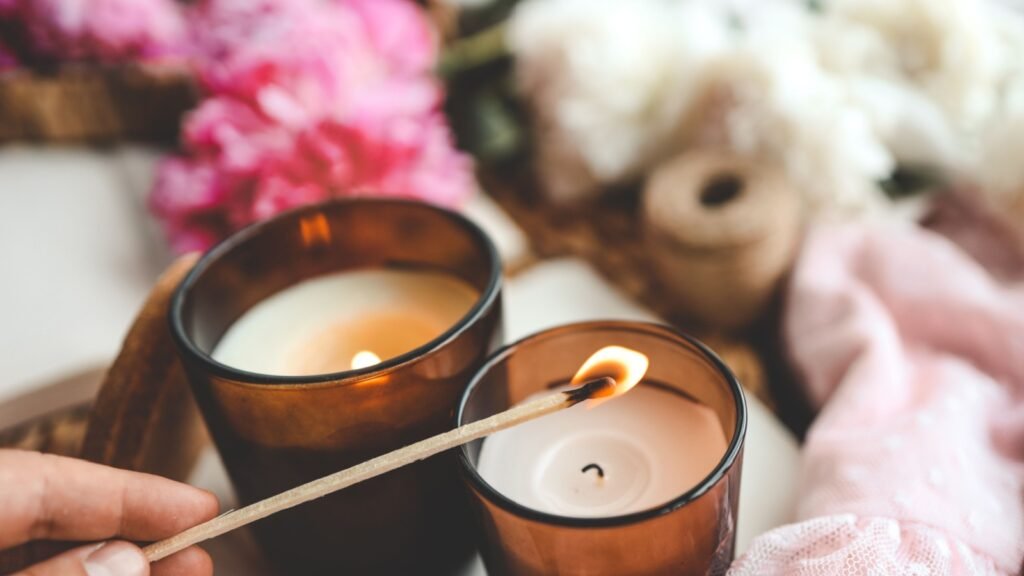
Candles provide light and can also be used to start fires. A pack of 100 tea light candles costs about $8 and can provide up to 400 hours of light. I prefer unscented candles as they’re less likely to attract unwanted attention. In cold environments, a few candles can significantly raise the temperature inside a small shelter or vehicle.
8. Salt
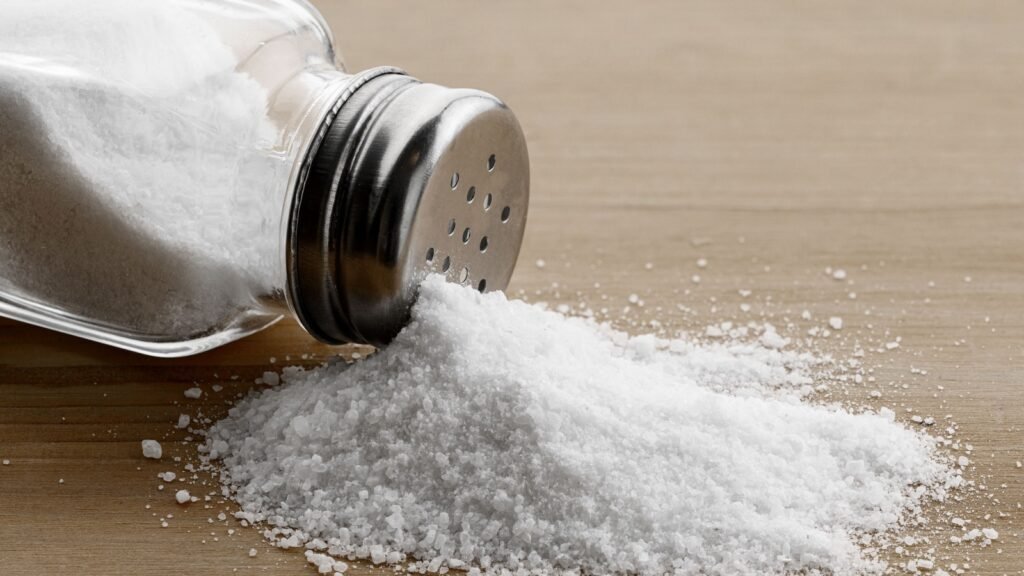
Salt is essential for preserving food and maintaining electrolyte balance. A 26-ounce container costs less than a dollar and can last for years. I keep at least 10 pounds in my long-term storage. Beyond food preservation, salt can be used to create an electrolyte solution for rehydration, de-ice walkways, or even as an abrasive cleaner.
9. Rice
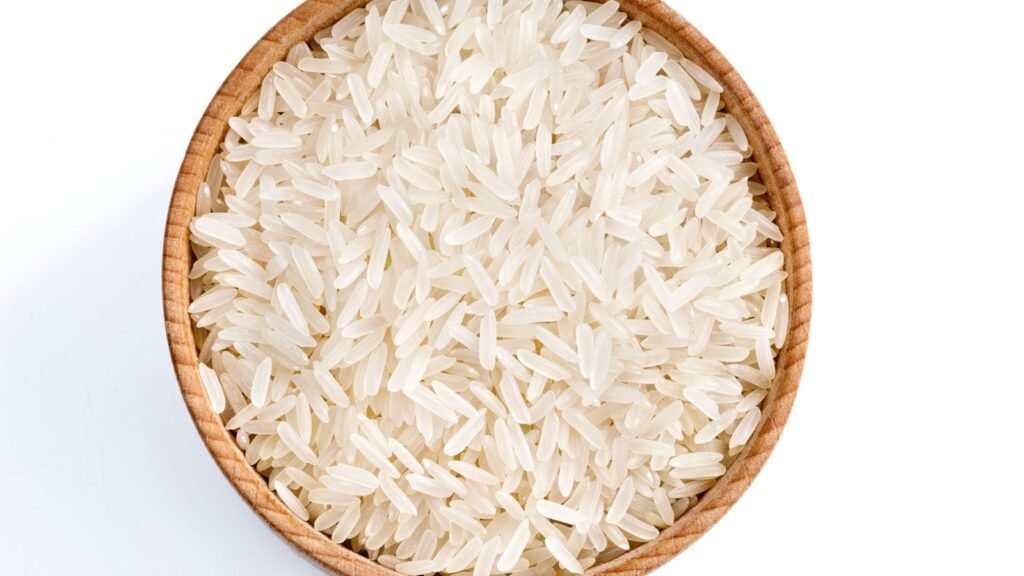
Rice is a cheap, calorie-dense food with a long shelf life. A 20-pound bag costs around $10 and provides about 32,000 calories. Properly stored, it can last up to 30 years. Rice water, the liquid left after cooking rice, can be used as a natural remedy for diarrhea or as a hair and skin conditioner.
10. Beans
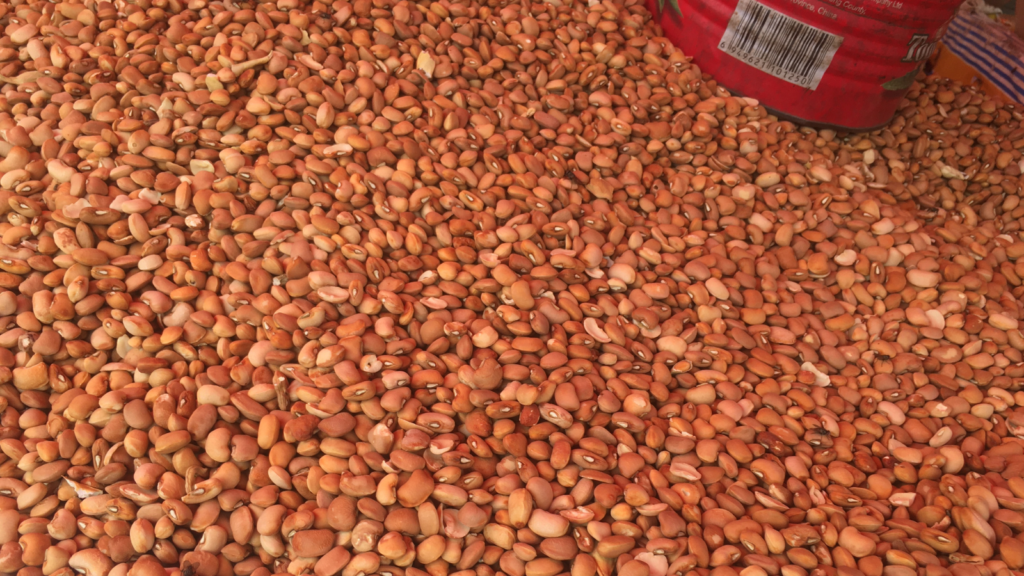
Dried beans are another affordable, nutritious food with a long shelf life. A one-pound bag costs about $1.50 and provides around 1,600 calories. Combined with rice, they form a complete protein source. Beans can also be sprouted to increase their nutritional value and provide fresh greens in a long-term emergency.
11. Pasta
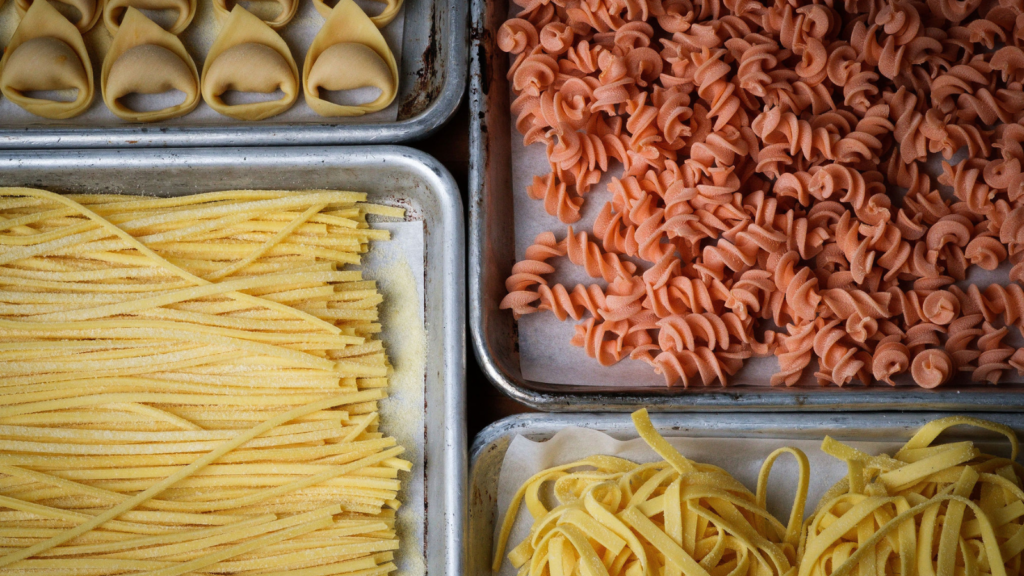
Pasta is cheap, easy to prepare, and lasts for years. A one-pound box costs about $1 and provides around 1,600 calories. I stock up on various shapes for variety. In a pinch, uncooked pasta can be ground into flour for baking or used as a fuel source in alcohol stoves.
12. Peanut Butter
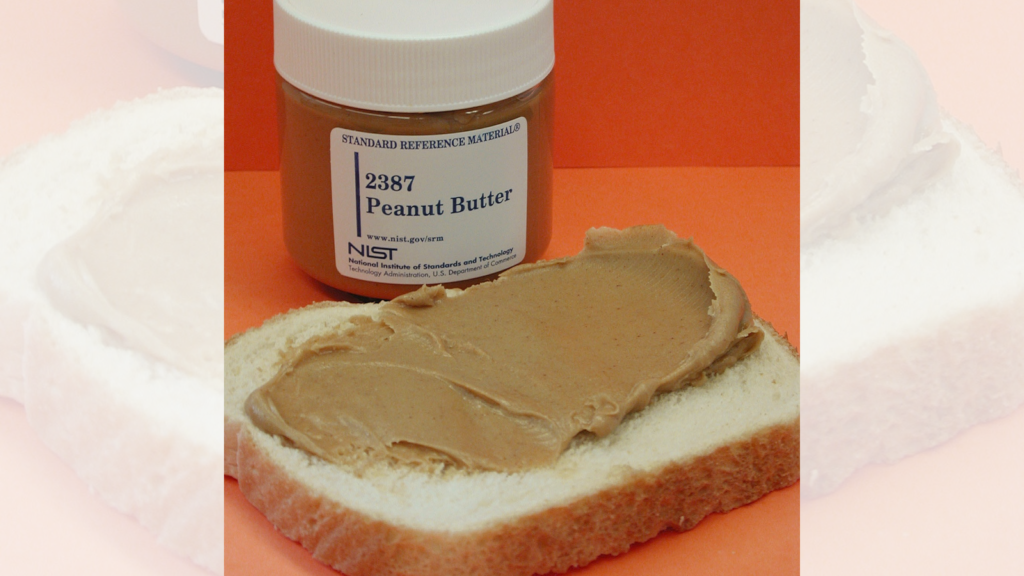
Peanut butter is calorie-dense and packed with protein. A 16-ounce jar costs around $2 and provides about 2,600 calories. It has a shelf life of about two years. Beyond its nutritional value, peanut butter can be used as a fire starter, leather conditioner, or even to remove gum from hair.
13. Honey

Honey is a natural sweetener with antibacterial properties. It never spoils if stored properly. A 12-ounce bottle costs about $3 and can last indefinitely. Honey can also be used as a natural cough suppressant, wound dressing, or to make mead (honey wine) for long-term storage.
14. Iodized Salt
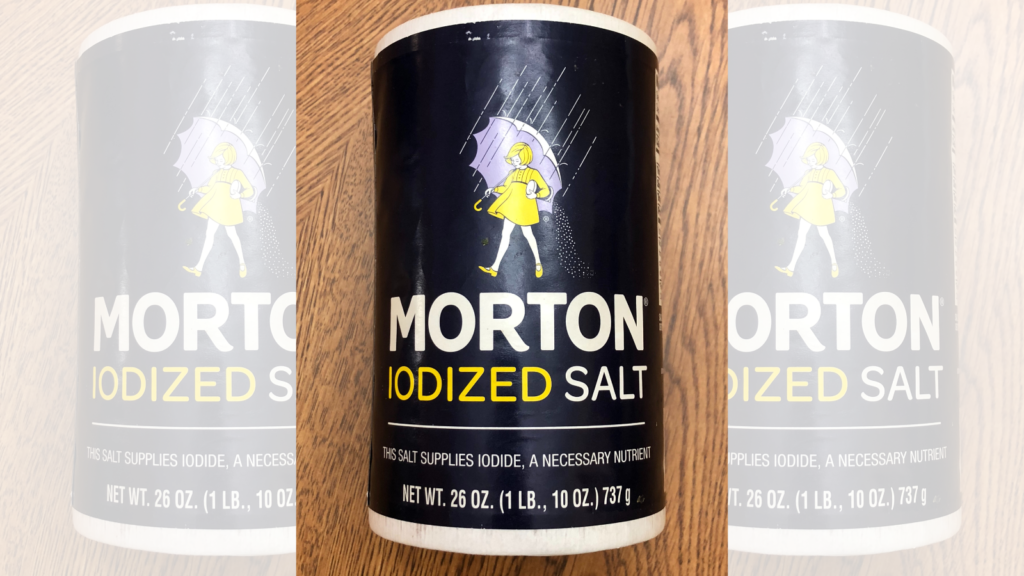
Iodized salt provides essential iodine and can be used for food preservation. A 26-ounce container costs less than a dollar and lasts indefinitely. I keep several containers in my preps. In radiation emergencies, iodized salt can help protect the thyroid gland from absorbing radioactive iodine.
15. Vinegar
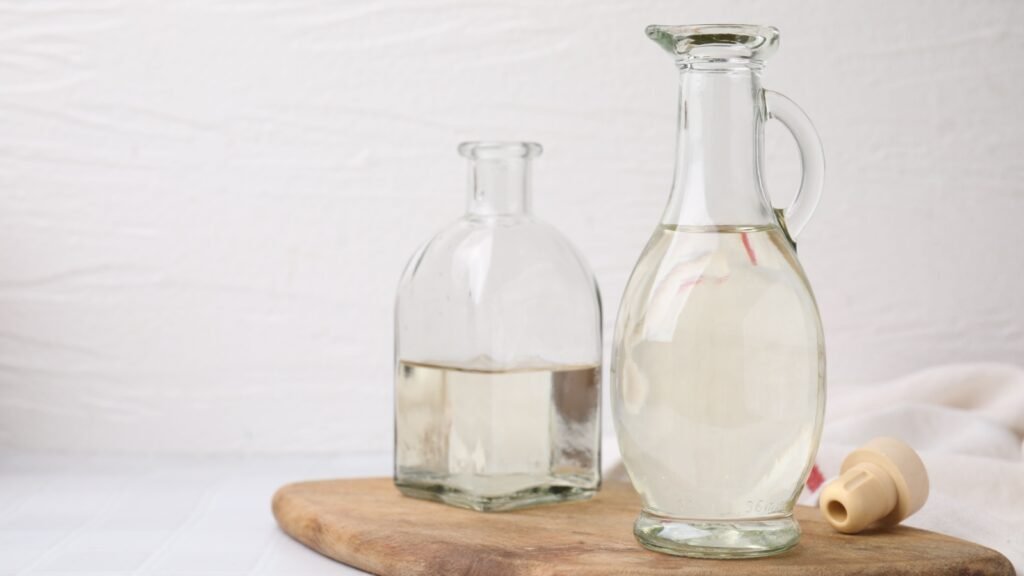
White vinegar is a versatile cleaner and food preservative. A gallon jug costs about $2.50 and has a shelf life of about two years. I use it for cleaning, cooking, and even as a weed killer. Vinegar can also be used to treat minor sunburns, remove mineral deposits from fixtures, or as a natural fabric softener.
16. Baking Powder
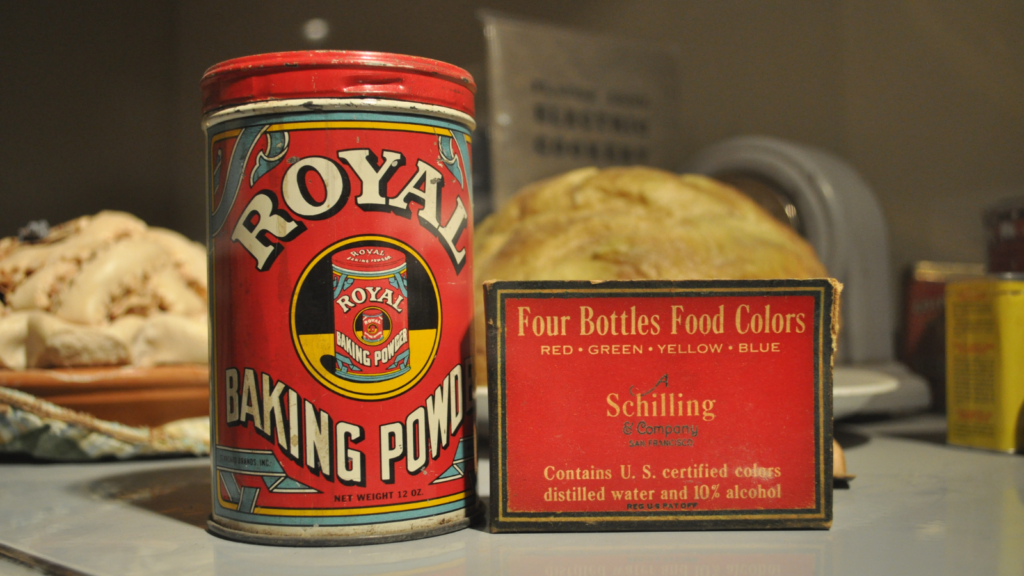
Baking powder is crucial for making bread and other baked goods. A 16-ounce can costs about $2 and lasts up to 18 months if stored properly. I keep several cans in my pantry. In addition to baking, it can be used as a cleaning agent, deodorizer, or even to extinguish small fires.
17. Powdered Milk
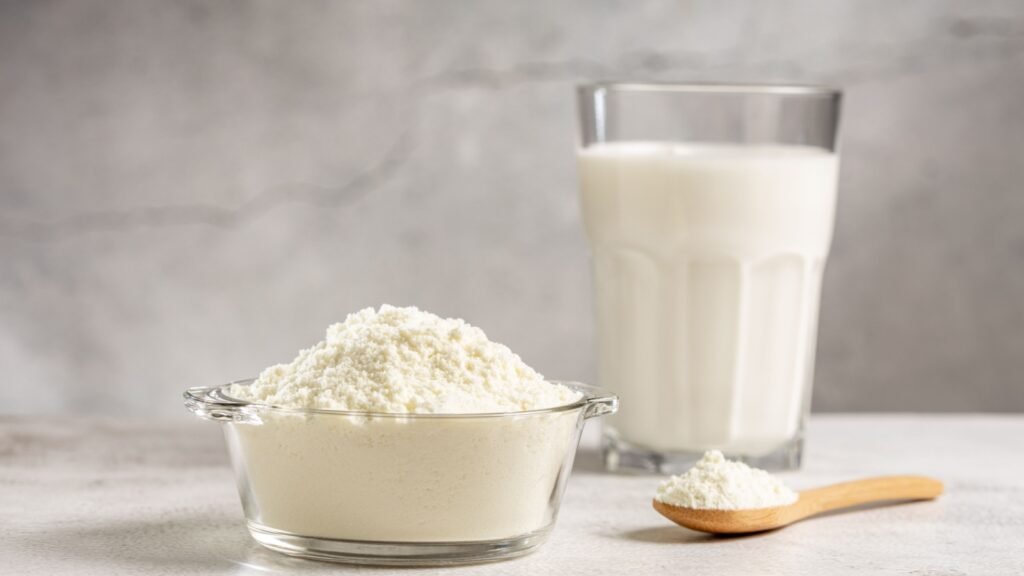
Powdered milk is a cheap source of calcium and protein. A 26-ounce box costs about $5 and provides about 3,200 calories. It has a shelf life of up to 20 years when stored properly. Beyond drinking, powdered milk can be used in baking, to make yogurt, or as a fertilizer for plants.
18. Multivitamins
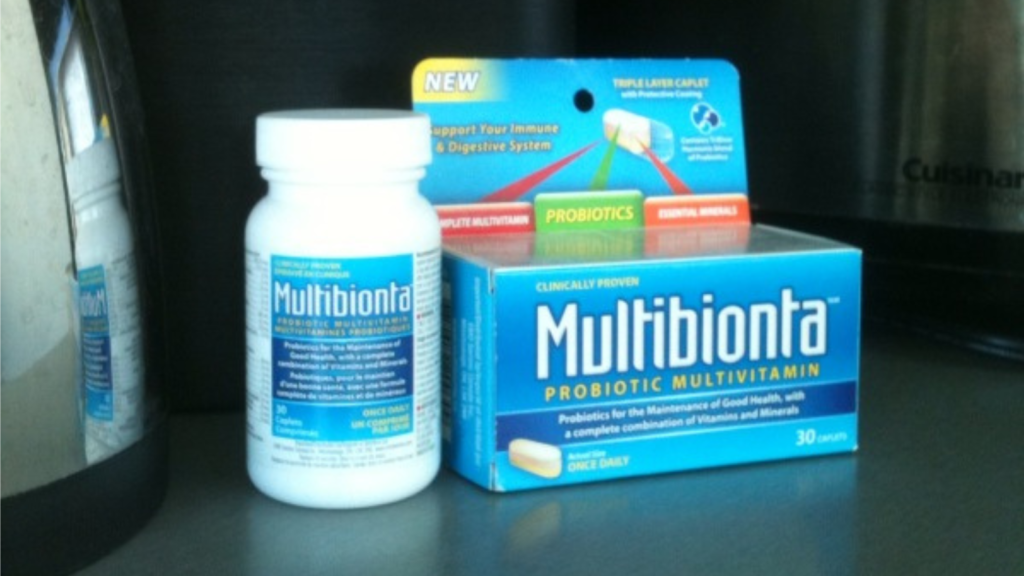
Multivitamins can help prevent nutrient deficiencies in a crisis. A bottle of 300 tablets costs around $10 and can last up to two years past the expiration date if stored properly. In a long-term emergency, crushing vitamins and adding them to stored foods can help prevent nutritional deficiencies.
19. Soap
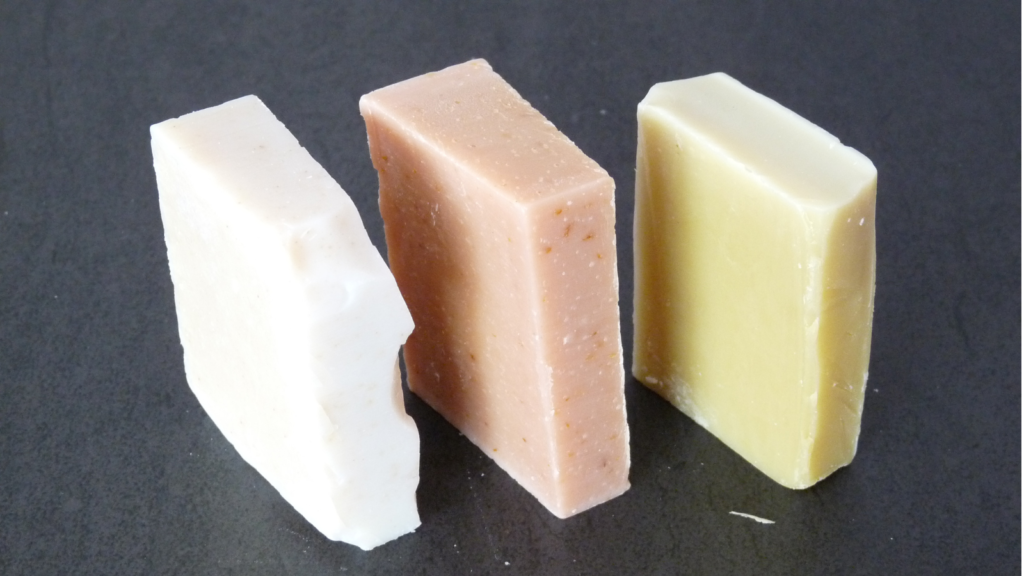
Bar soap is cheap, long-lasting, and essential for hygiene. A pack of 8 bars costs about $3 and can last for months. I prefer unscented soap for its versatility. Grated soap can be used as laundry detergent, shampoo, or even as a lubricant for stuck drawers or zippers.
20. Toilet Paper
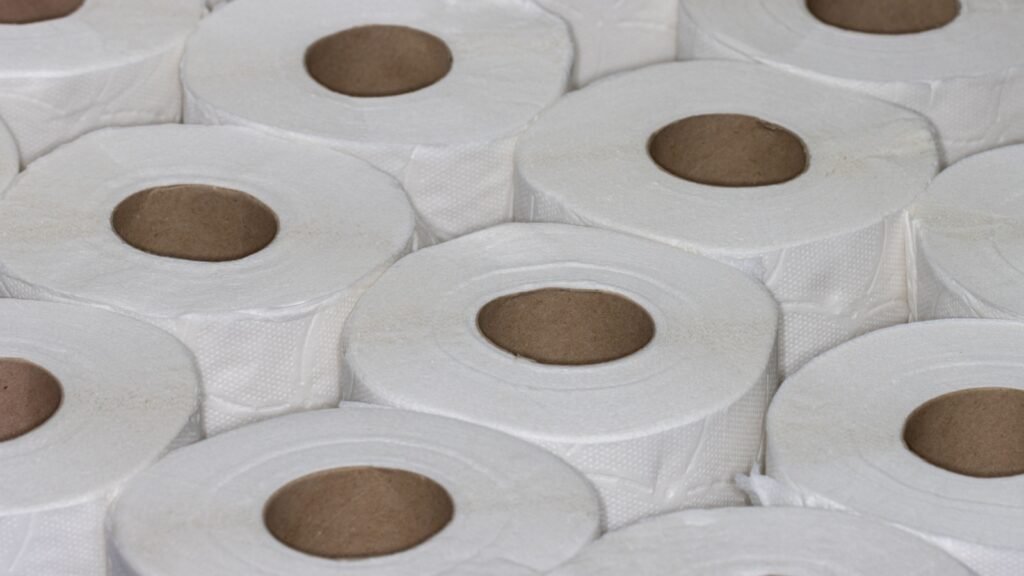
While not strictly essential, toilet paper greatly improves comfort. A 12-pack of 1000-sheet rolls costs about $6 and can last a family of four about two months. In an emergency, the cardboard tubes can be used as fire starters or to start seedlings for a survival garden.
21. Disposable Lighters
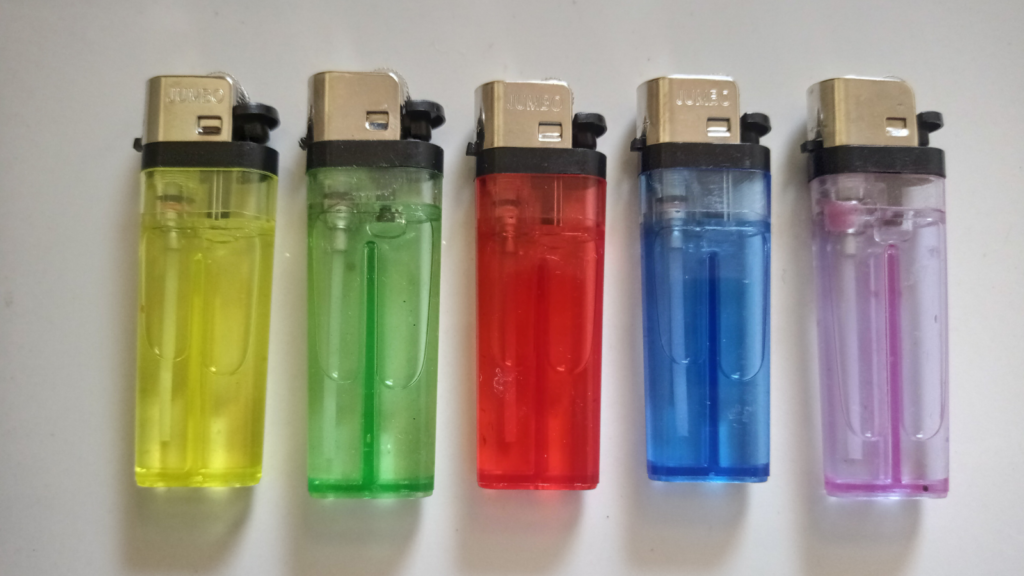
Disposable lighters are cheap, reliable fire starters. A pack of 5 costs about $3 and can provide thousands of lights. I keep several in waterproof containers throughout my gear. The flint in disposable lighters can be removed and used with char cloth as an alternative fire-starting method.
22. Trash Bags

Heavy-duty trash bags have countless uses in an emergency. A box of 50 13-gallon bags costs about $8. They can be used for water collection, storage, or even as makeshift ponchos. Black trash bags can also be used to create solar water heaters or to line containers for long-term food storage.
23. Aluminum Foil
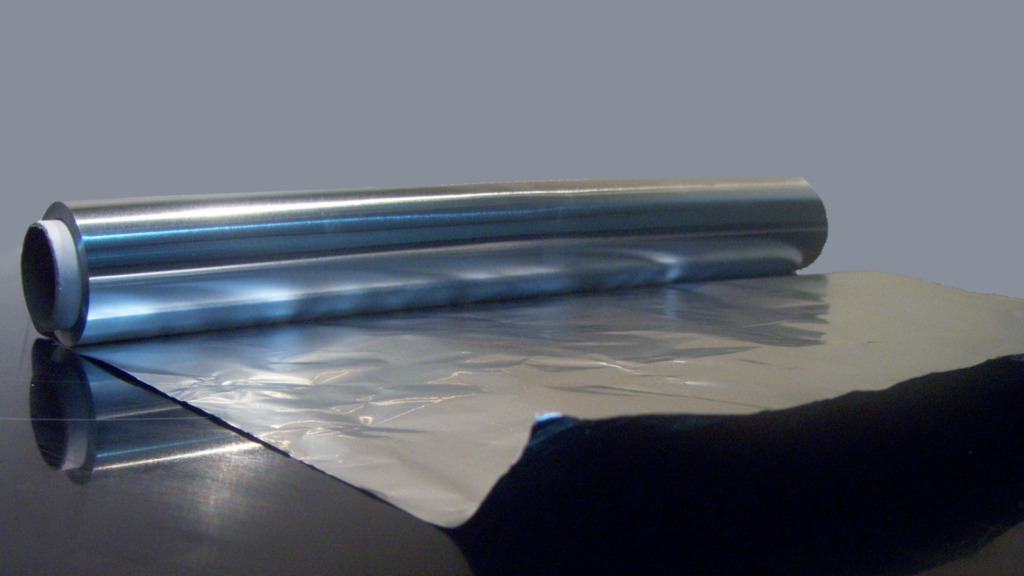
Aluminum foil is versatile for cooking and food storage. A 75-square-foot roll costs about $3 and can last for years. It can also be used to signal for help in an emergency. Crumpled foil makes an excellent scrubber for pots and pans, and can be shaped into a parabolic reflector to boost Wi-Fi signals.
24. Safety Pins
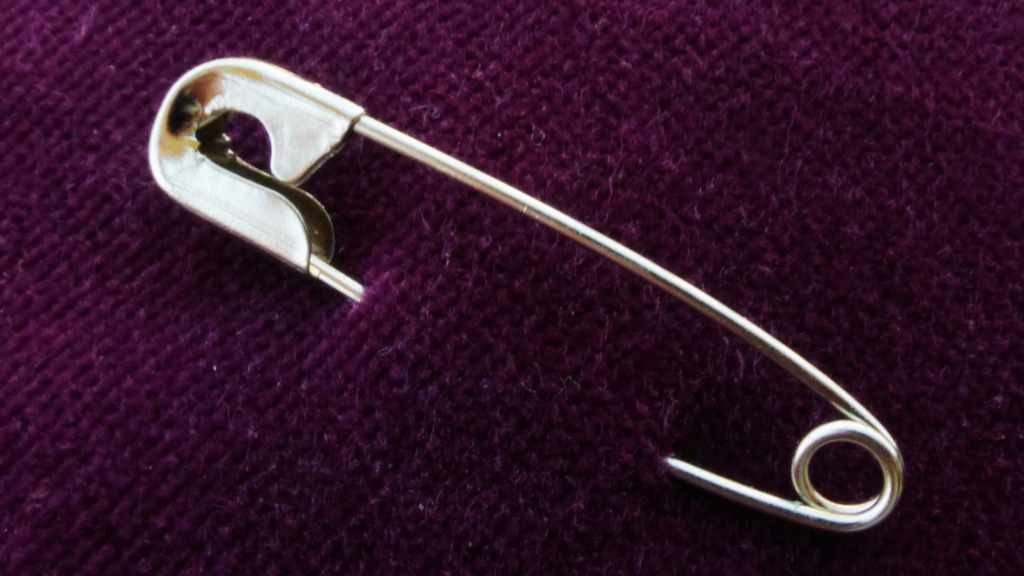
Safety pins have numerous uses, from clothing repairs to improvised fishing hooks. A pack of 50 assorted sizes costs about $2. I keep a few dozen in my first aid kit and bug-out bag. In a pinch, safety pins can be used to create a makeshift compass by magnetizing them and floating them on water.
25. Fishing Line

Fishing line is strong, versatile, and takes up little space. A 300-yard spool of 20-pound test line costs about $5. It can be used for fishing, repairs, or even as a trip wire for alarms. Fishing line can also be used to create animal snares, secure tarps, or as improvised dental floss.
26. Sewing Kit

A basic sewing kit is essential for repairs. A kit with needles, thread, and basic supplies costs about $5. It can help extend the life of your clothing and gear in a crisis. Needles from a sewing kit can be magnetized to create an improvised compass or used for emergency medical sutures if necessary.
27. Pencils and Paper
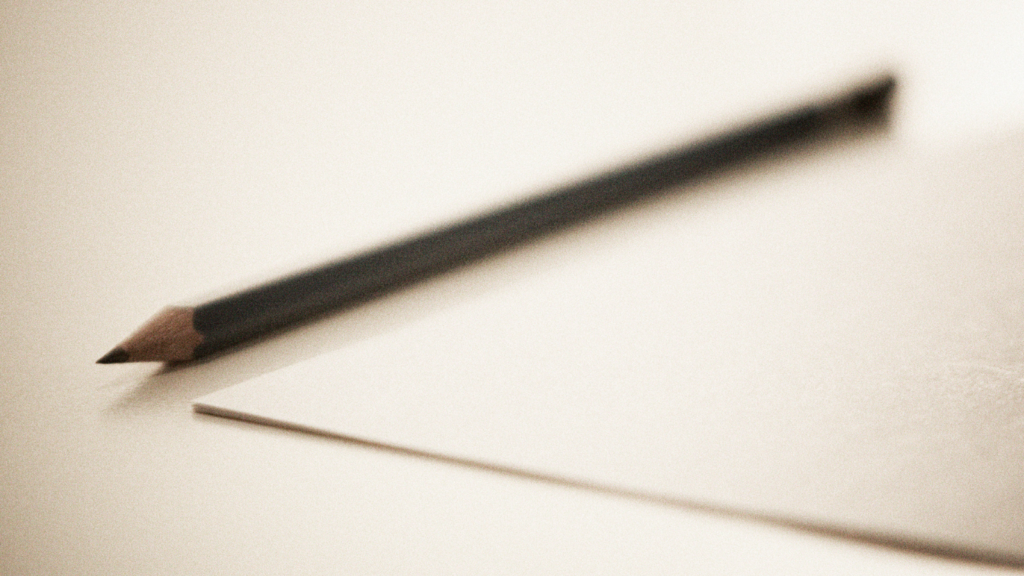
Communication is crucial in an emergency. A pack of 12 pencils and a notebook costs less than $3. Unlike pens, pencils work in any weather and never dry out. Pencil graphite can be used as a lubricant for squeaky hinges or zippers, and shavings make excellent tinder for fire starting.
28. Bandanas
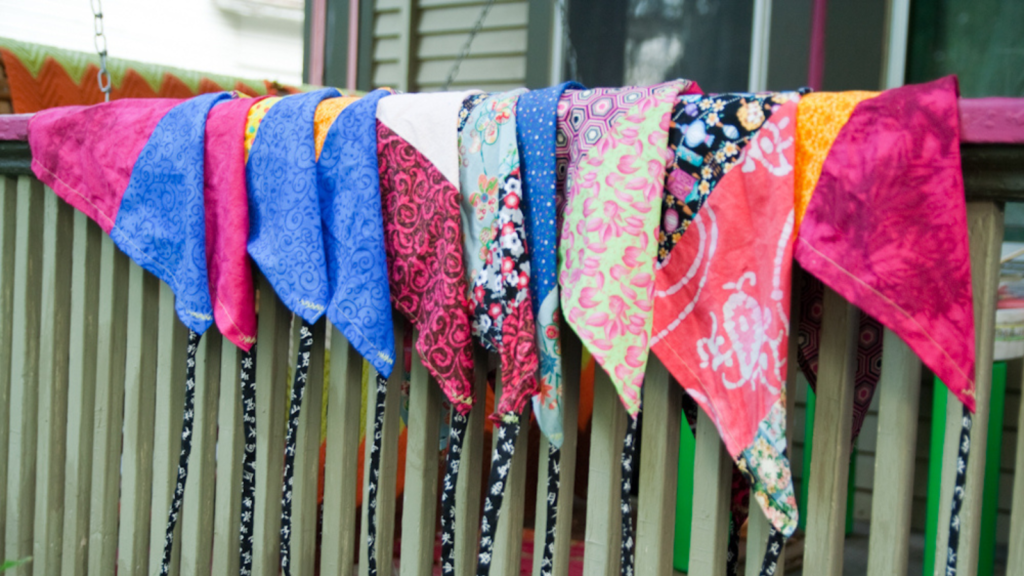
Bandanas are incredibly versatile. A pack of 12 costs about $10. They can be used as dust masks, bandages, water filters, or even signaling devices. A bandana can also serve as a makeshift sling, a cooling neck wrap, or be used in the construction of a solar still for water purification.
29. Zip-Lock Bags

Zip-lock bags are great for organization and waterproofing. A box of 50 quart-size bags costs about $3. I use them to keep small items dry and organized in my gear. These bags can also be used to create improvised ice packs, compress clothing for efficient packing, or even to sous vide food in a survival situation.
30. Dental Floss
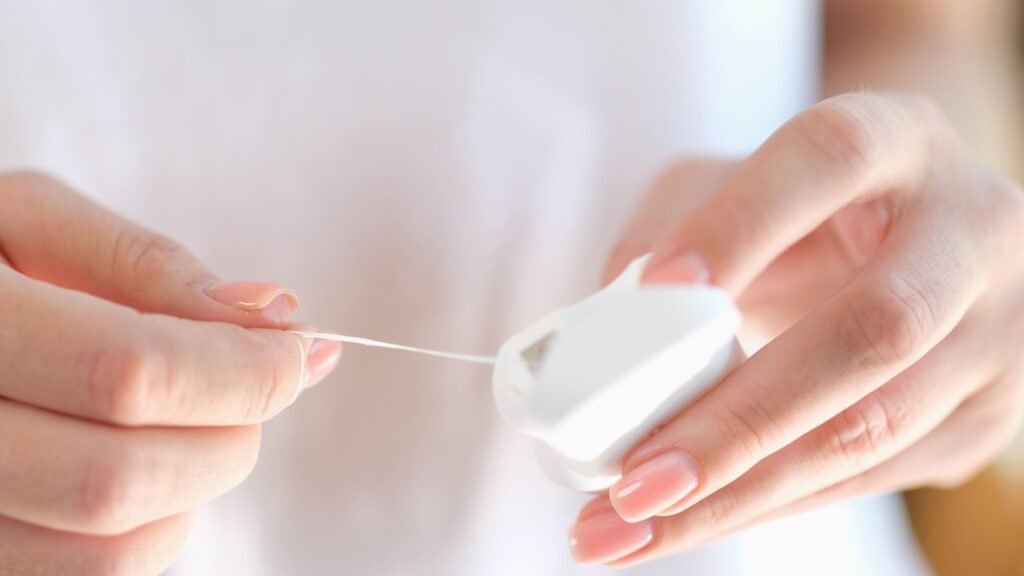
Dental floss is strong, compact, and has many uses beyond oral hygiene. A 100-yard spool costs about $2. It can be used for sewing, fishing line, or even as a makeshift clothesline. Waxed dental floss can also serve as an excellent fire starter when combined with petroleum jelly.

